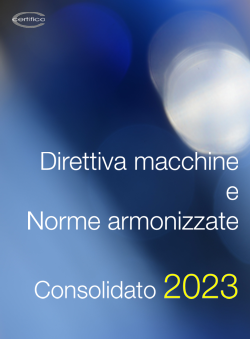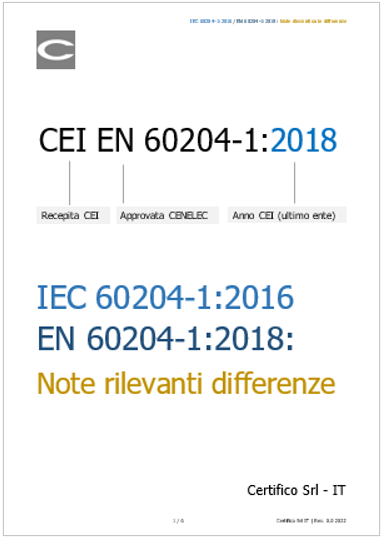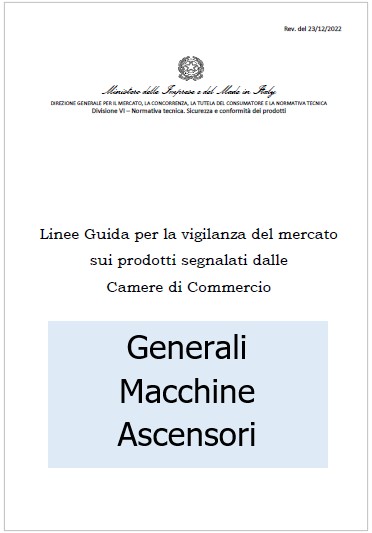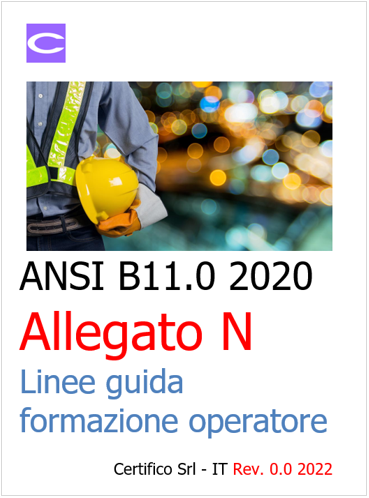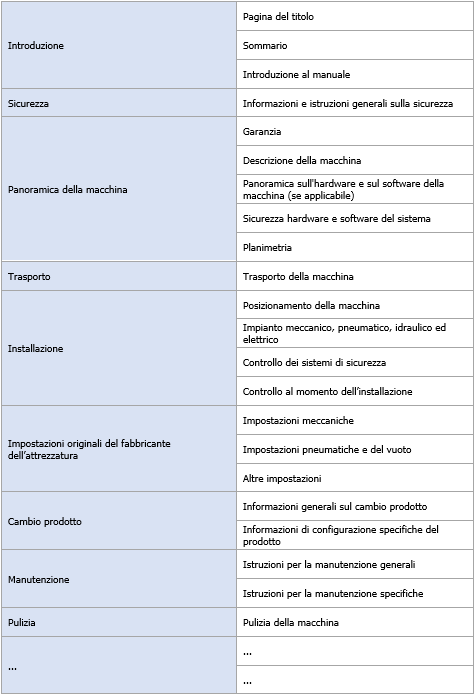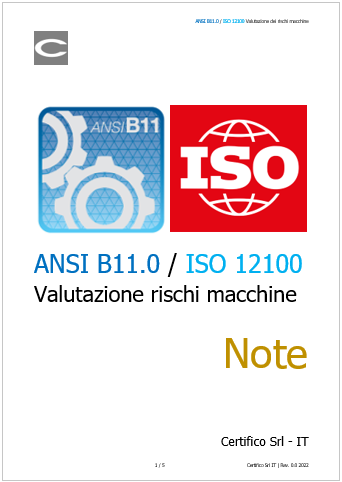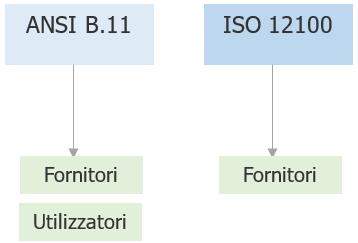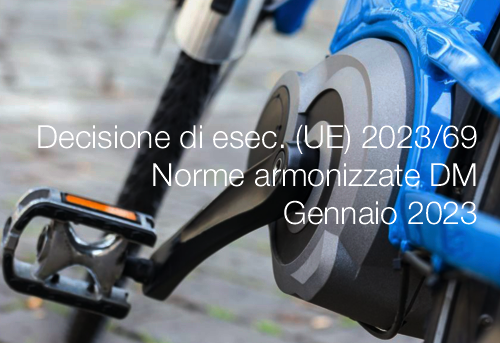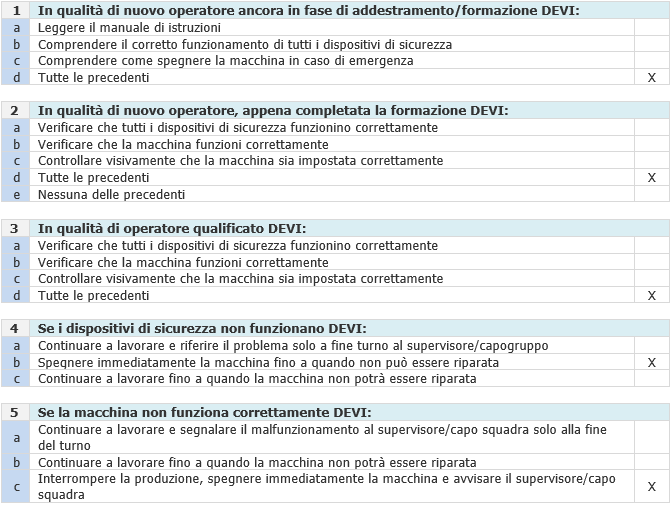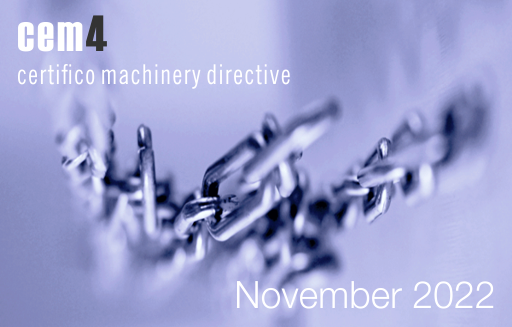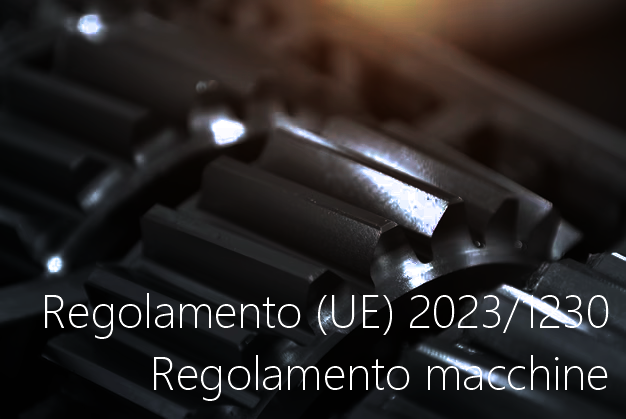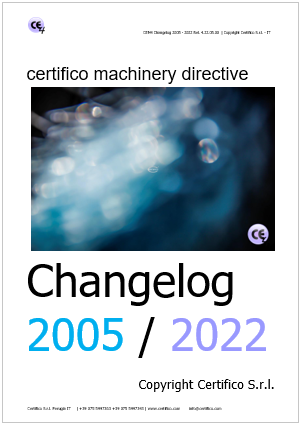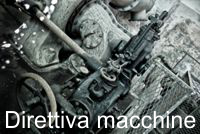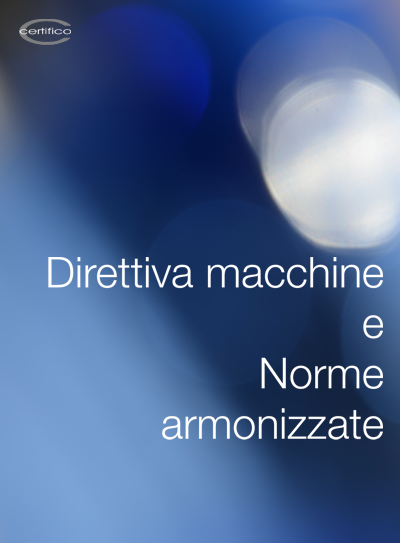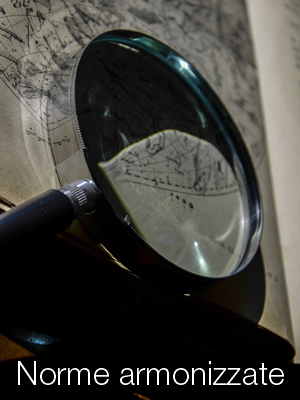ebook Direttiva macchine e norme armonizzate Consolidato Ed. 21 2023
Direttiva macchine e norme armonizzate consolidato / Gennaio 2023
Update Ed. 21.0 del 10 Gennaio 2023
Nell'Ed. 21.0 il Testo della Direttiva macchine è aggiornato con le norme armonizzate di cui alla Decisione di esecuzione (UE) 2023/69.
______
Testo consolidato Direttiva macchine e norme armonizzate 2023 - tutte le modifiche e rettifiche dal 2009 al 2023 e norme tecniche armonizzate in vigore 2023 disponibile EPUB/PDF.
Il testo tiene conto delle seguenti modifiche e rettifiche dal 2006 al 2023:
1. Direttiva macchine (testo nativo)
Direttiva 2006/42/CE del Consiglio, del 17 maggio 2006, relativa alle macchine e che modifica la direttiva 95/16/CE (GU L 157 del 9.6.2006)
2. Modifiche:
Regolamento (CE) n. 596/2009 del Parlamento europeo e del Consiglio del 18 giugno 2009 (GU L 188 14 18.7.2009)
"Aggiornamento dell’elenco indicativo dei componenti di sicurezza e alle misure in materia di limitazione dell’immissione sul mercato di macchine potenzialmente pericolose"
Direttiva 2009/127/CE del Parlamento europeo e del Consiglio del 21 ottobre 2009 (GU L 310 29 25.11.2009)
"Macchine pesticidi"
Regolamento (UE) n. 167/2013 del Parlamento europeo e del Consiglio del 5 febbraio 2013 (GU L 60/1 del 2.3.2013)
"Omologazione e vigilanza del mercato dei veicoli agricoli e forestali"
Direttiva 2014/33/UE del Parlamento europeo e del Consiglio del 26 febbraio 2014 (GU L 96/251 del 29.3.2014)
"Ascensori e componenti di sicurezza per ascensori"
Regolamento (UE) 2019/1243 del Parlamento europeo e del Consiglio del 20 giugno 2019 (L 198 241 25.7.2019)
Adattamento agli articoli 290 e 291 del trattato sul funzionamento dell’Unione europea una serie di atti giuridici che prevedono il ricorso alla procedura di regolamentazione con controllo
3. Rettifiche:
Rettifica, GU L 76 del 16.3.2007, pag. 35 (2006/42/CE)
4. Recepimento
Decreto Legislativo 27 Gennaio 2010 n. 17 (GU n. 41 del 19 febbraio 2010)
"Attuazione della direttiva 2006/42/CE, relativa alle macchine e che modifica la direttiva 95/16/CE relativa agli ascensori"
5. Norme tecniche armonizzate
Elenco Norme armonizzate Direttiva macchine 2006/42/CE ad Aprile 2022
Dal 1° dicembre 2018 i riferimenti delle norme armonizzate sono pubblicati e ritirati dalla Gazzetta ufficiale dell'Unione europea non più come "Comunicazioni della Commissione" ma mediante "Decisioni di esecuzione della Commissione" (Vedasi Com.(2018) 764 EC).
I riferimenti pubblicati ai sensi della direttiva 2006/42/CE sulle macchine sono contenuti nelle:
1. Comunicazione della Commissione pubblicata nella GU C 092 del 9 marzo 2018 (GU C 92/1 del 9 marzo 2018)
2. Decisione di esecuzione (UE) 2019/436 della Commissione, del 18 marzo 2019 (GU L 75 del 19 marzo 2019)
3. Decisione di esecuzione (UE) 2019/1766 della Commissione del 23 ottobre 2019 (GU L 270/94 del 24 Ottobre 2019)
4. Decisione di esecuzione (UE) 2019/1863 della Commissione del 6 novembre 2019 (GU L 286/25 07 novembre 2019)
5. Decisione di esecuzione (UE) 2020/480 della Commissione del 1° Aprile 2020 (GU L 102/6 del 02.04.2020)
6. Decisione di esecuzione (UE) 2021/377 della Commissione del 2 marzo 2021 (GU L 72/12 del 3.3.2021)
7. Decisione di esecuzione (UE) 2021/1813 della Commissione del 14 ottobre 2021 (GU L 366/109 del 15.10.2021)
8. Decisione di esecuzione (UE) 2022/621 della Commissione del 7 aprile 2022 (GU L 115/75 del 13.4.2022)
9. Decisione di esecuzione (UE) 2023/69 della Commissione del 9 gennaio 2023 (GU L 7/27 del 10.1.2023)
Edizione: 21.0
Sistemi Operativi: iOS/Android
Pubblicato: 10/01/2023
Editore: Certifico s.r.l.
Lingue: Italiano
ISBN 978-8-8907-4475-4
Formato PDF: Riservato Abbonati Direttiva macchine/4X/Full/Full Plus
Download Google Play
Download Apple Store
Collegati:
Vedi la nuova sezione "Norme armonizzate click"
- Pubblicato: 10 Gennaio 2023
- Visite: 15553





